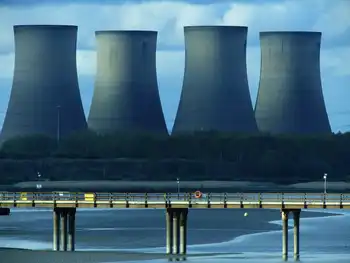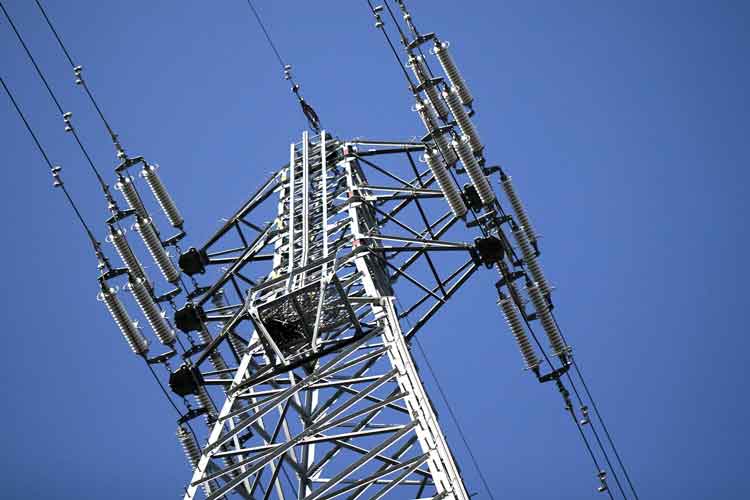Elithis Tower produces more power than consumes
By PR Newswire
Protective Relay Training - Basic
Our customized live online or in‑person group training can be delivered to your staff at your location.

- Live Online
- 12 hours Instructor-led
- Group Training Available
From design to material and user behaviour, the Elithis Tower applies the latest sustainable development techniques and is now open to journalists, academics and architects interested in studying or replicating this model.
Built in Dijon, France, the Elithis Tower was initially a theoretical challenge Thierry Bievre, General Director of the group Elithis Engineering, put forth to his team. Specialized in technical fluid installation and environmental efficiency, Bievre wanted to know whether it was possible to create an environmentally sound building at equal cost to a traditional structure.
Supported by the City of Dijon, France, and ADEME Bourgogne, France, Elithis Engineers called upon renowned architect Jean-Marie Charpentier (Arte Charpentier Architects, Paris, France) for close collaboration. Together, the group rose to the challenge to create the 54,000 square foot, ten story building which marries aesthetics, urban integration, comfort, energy and environmental performance.
To achieve this impressive combination, a complete environmental ideology was designed. Positive energy buildings produce more power than they consume and the Elithis Tower team strategically minimized energy consumption and maximized renewable energy use.
The Elithis teams committed to eliminating space waste. Materials for this project were chosen according to their global environmental impact. The exterior of the building is made of wood and recycled insulation, while aluminum, which strongly impacts the environmental, was used sparingly.
Bay windows were selected to bring in natural light. To complement this, a special nomad was designed by the Elithis team to guarantee a comfortable level of light is available without excess artificial illumination.
To take advantage of solar energy (warmth and natural light) without the associated inconveniences (excess heat and blinding brightness) a solar shield was designed by the Elithis engineers. Thanks to the unique design of this shield, natural light enters the building while excess heat and blinding light are filtered out.
In addition, a triple flow system has been patented by Elithis, which harmonizes energy in the building. Office energy emissions (from computers, photocopiers, lights, people...) are recovered, saved, harnessed and reused within the Elithis Tower.
To match the engineering and architectural commitment to energy efficiency, everyone in the Elithis Tower, from owners, tenants, leaders and academics, to administrators, employees and visitors, is empowered to participate in the environmental efficiency of the project.
An increased level of consciousness is encouraged, meaning that people within the building are aware of their responsibility in energy consumption. Individuals will be inspired to make positive choices to minimize energy use (in terms of paper, water, transportation...) and reduce the environmental impact users have on their environment.
Because the Elithis Tower is such an innovative experience, the building is designed to facilitate evaluation and understanding. More than 1,600 sensors have been installed to meticulously examine and analyze energy and emissions. Daily energy consumption will be posted and displayed on a special public sign, in full transparency for building greenhouse gas emissions and environmental impact.
The Elithis Tower is the first active environmental laboratory of its kind and scientists, researchers and universities are invited to visit the Elithis Tower and evaluate the information collected in this project.











